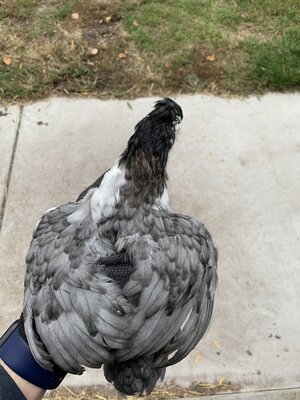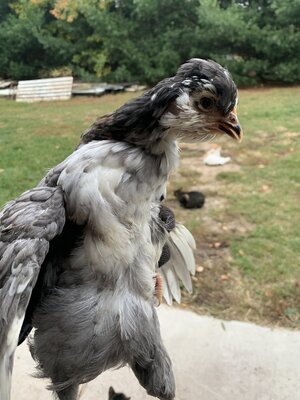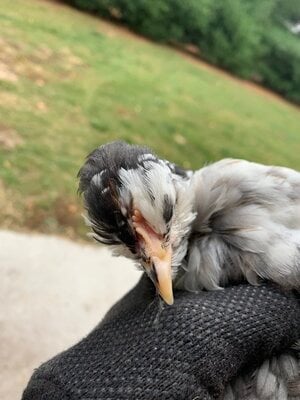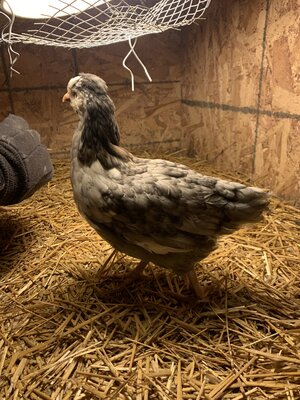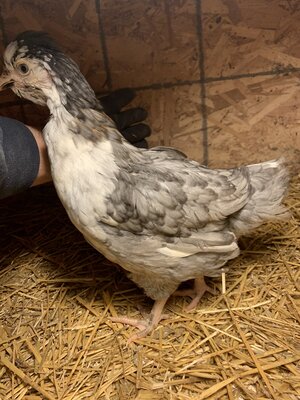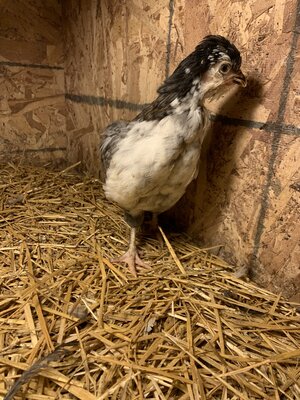ElizH
Songster
- Jun 19, 2020
- 64
- 131
- 101
Thank you!! I think I’ve got a mix of both and I do want to keep a cockrel... I just only need to keep oneI've never had frizzled birds (some look sort of frizzled) and all of my EEs have always had single combs. So I'm not the best judge. Just browsed through the photos quickly and I do see some that seem like pullets but EEs are so hard! Have to make breakfast for my husband since kids will destroy kitchen if i let them go at it alone but I'll try to come back later and look at each one individually. Hopefully this comment will bump your thread back up and others will way in!


